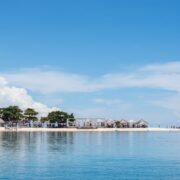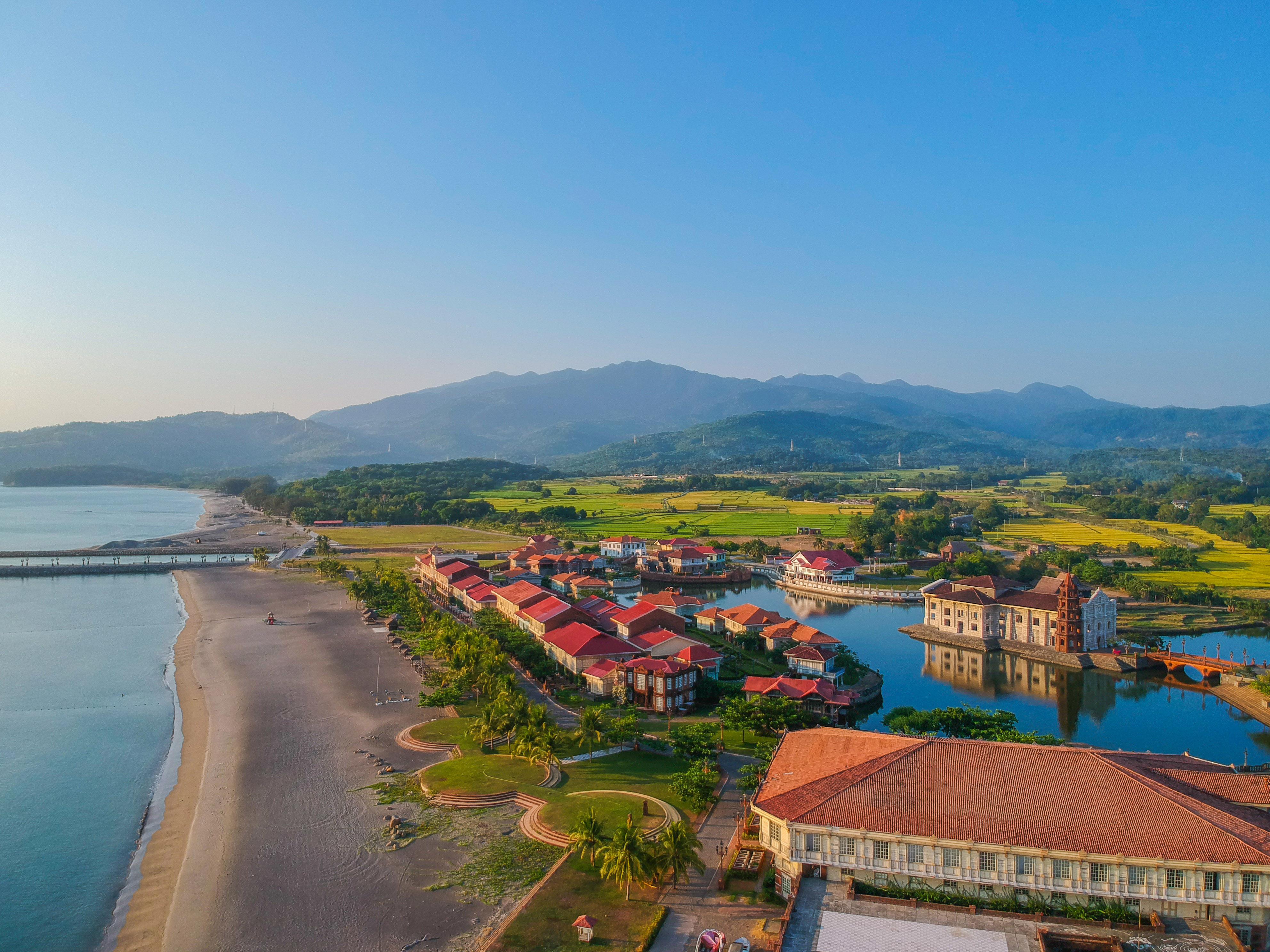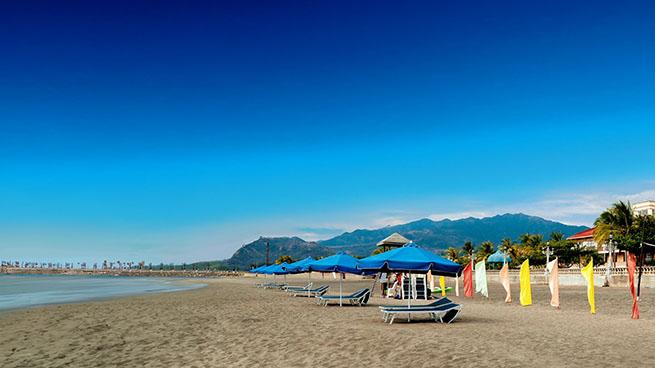
For 2019, tourism investment from both private and public sectors in the country reached PHP663.2 billion, reported the Philippine Statistics Authority (PSA) on July 23.
Data presented by PSA Assistant National Statistician Service Vivian Ilarina during the 2019 Philippine Tourism Satellite Account (PTSA) forum, the tourism gross fixed capital formation (GFCF), or the investments made by the private sector, amounted to PHP569.1 billion in 2019, an increase of 3.6% compared to the estimated figure of PHP549.5 billion for 2018.
The most visited places in the Philippines in 2019 according to the Department of Tourism were:
1) Albay
2) Aklan
3) Batangas
4) Benguet
5) Cebu
6) Davao de Oro
7) Davao del Sur
8) Palawan
9) Rizal
10) Zambales
The tourism GFCF covers fixed assets such as hotel facilities, convention centers, cruise ships, sightseeing buses, as well as non-tourism-specific fixed assets like the computer system of a hotel or travel agency, hotel laundry facilities, among others.
Government spending in tourism, also known as the tourism collective consumption, reached PHP94.1 billion—an increase of 23.5% compared to 2018’s PHP76.2 billion.
Some of the tourism collective consumption includes legislation and regulation on receiving and serving of visitors, development of tourism policies and tourism promotion of the country, and provision of support to specific tourism-oriented investments.
Tourism Congress of the Philippines president Jose Clemente III welcomed this as he spotlighted the importance of government support in the post-coronavirus future.
“This is something that we welcome and we hope can resume once we start to recover from the pandemic,” he said.
The tourism spending of both domestic and inbound travelers in 2019 also increased to PHP3.7 trillion, up by 12.1% from the PHP3.3 trillion generated in 2018.
The domestic tourism expenditure climbed to PHP3.1 trillion from PHP2.8 trillion in 2018 while the foreign visitor spending rose to PHP548.8 billion from PHP445.6 billion.
For Clemente, this reflects the contribution of the tourism industry in the Philippine economy.
“This is something we had been feeling for the past few years and were it not for this unfortunate situation (pandemic), we are in right now, the contribution of tourism would have been much larger than what we had last year,” he said.
As several destinations continue to enforce caution against coronavirus, the DOT is pinning its hope on domestic travel as a driver of tourism growth under the so-called “new normal”.






